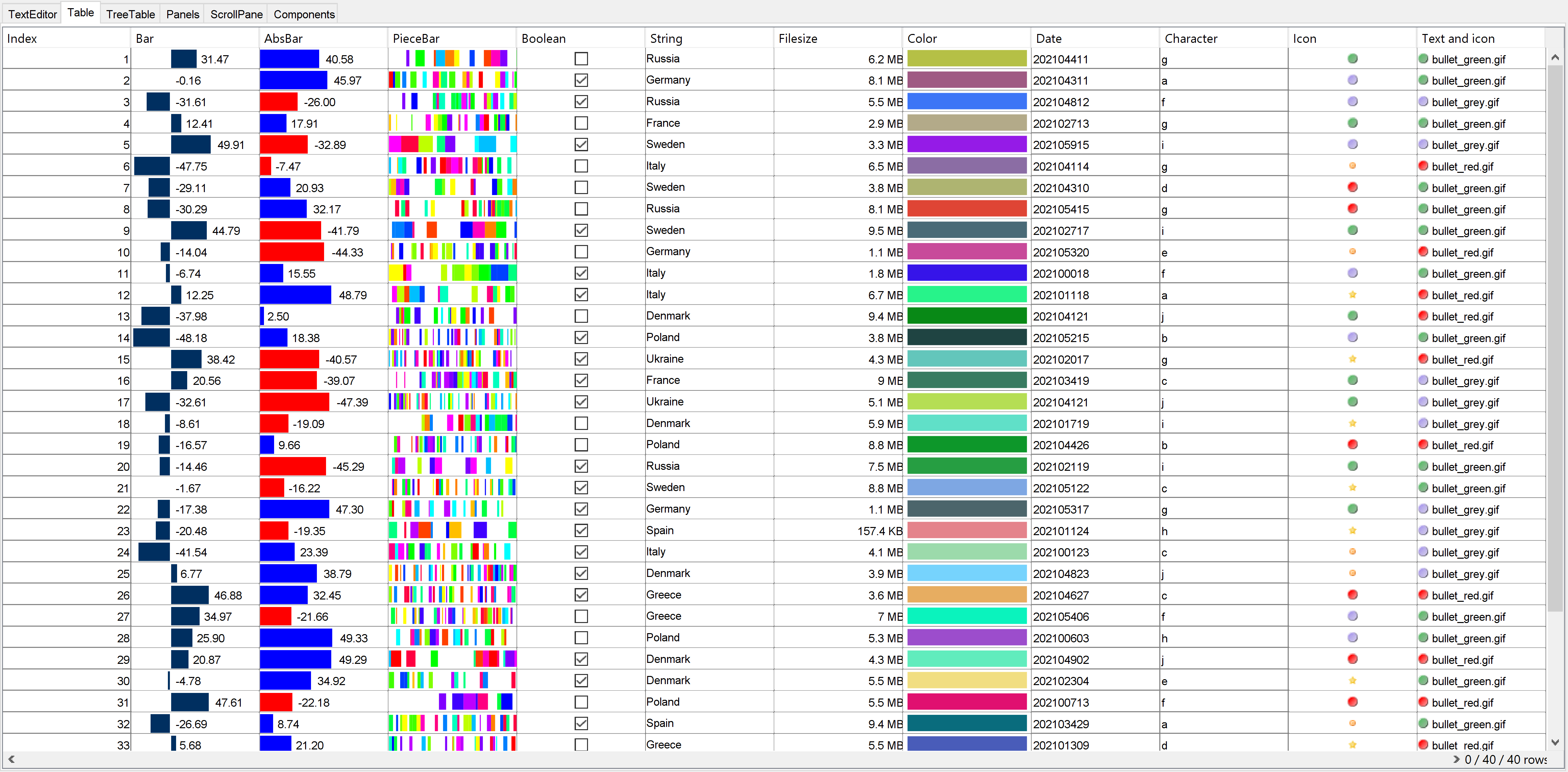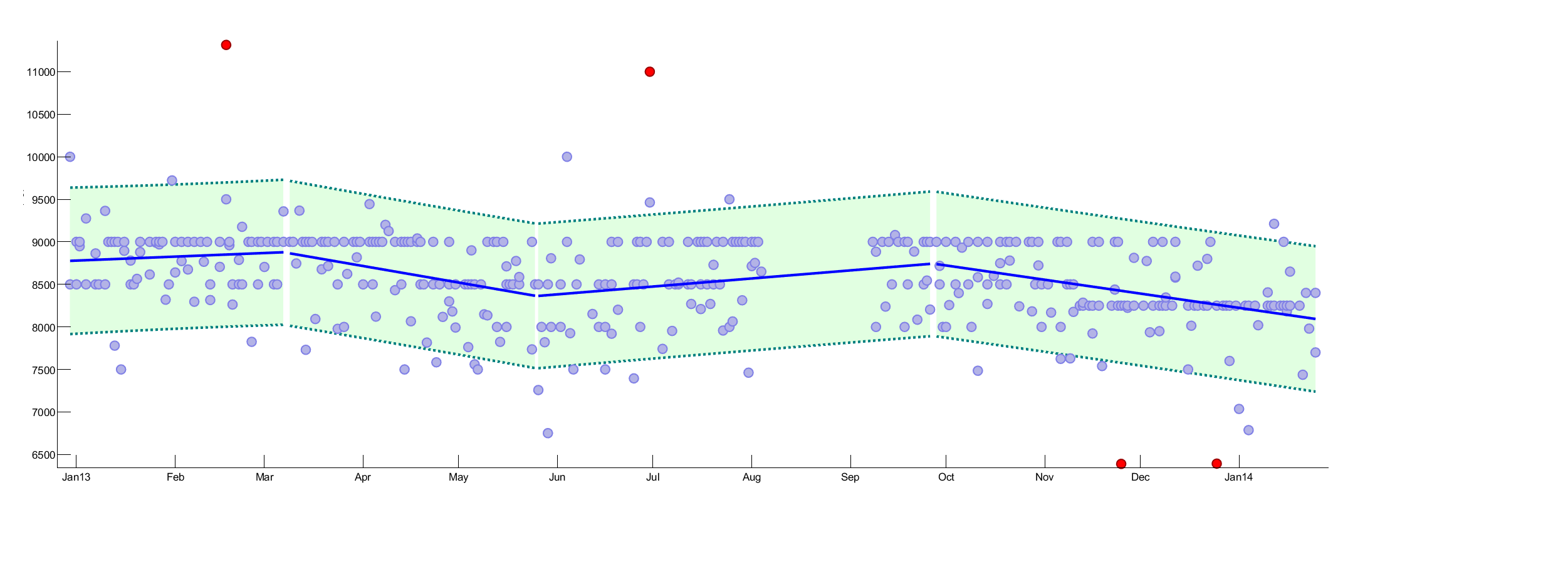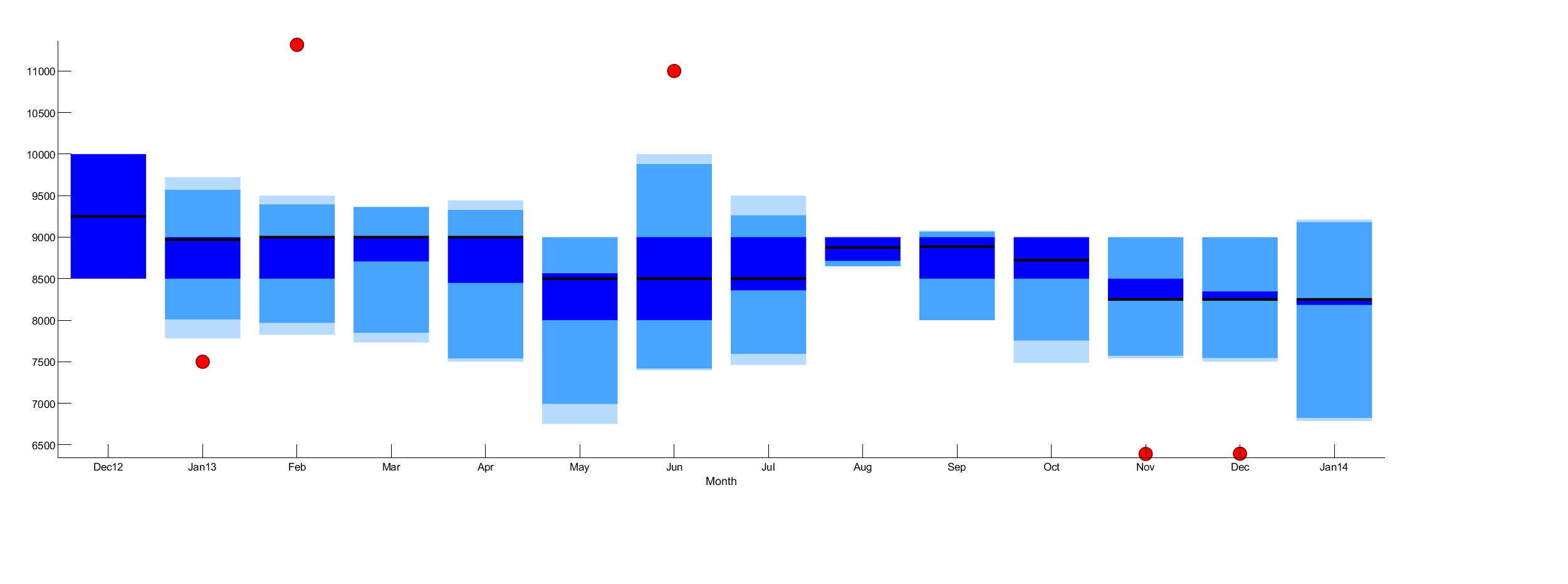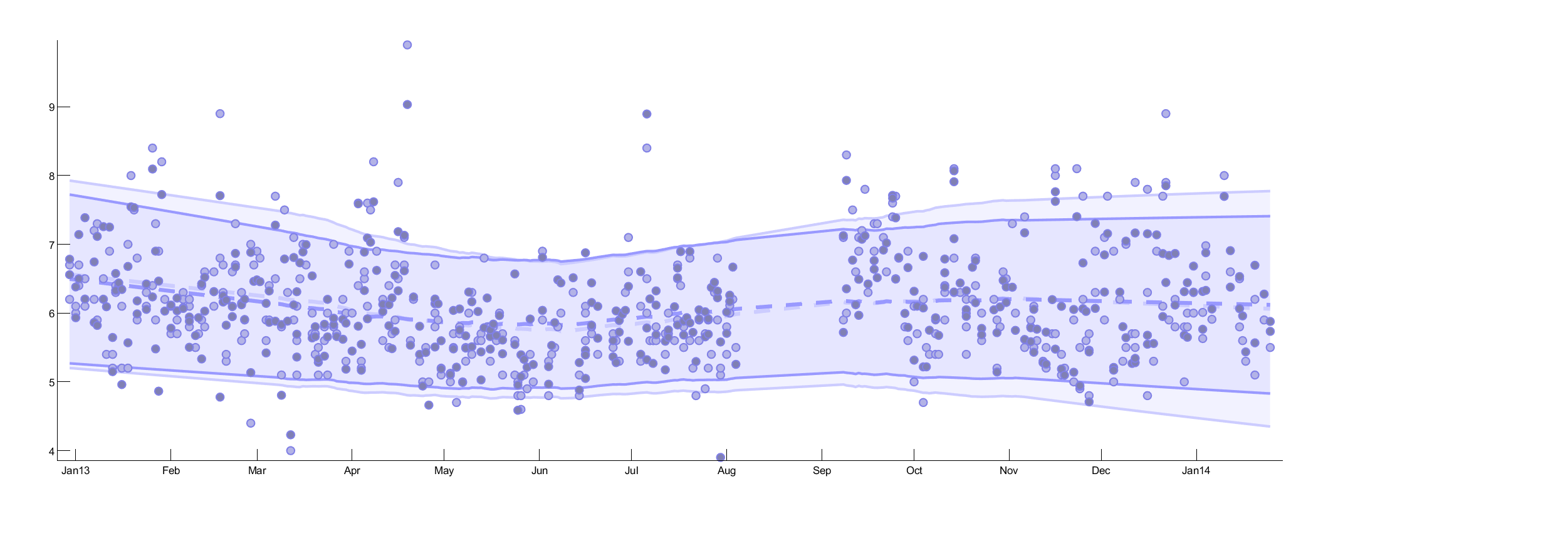Modelit creates scientific software and carries out research. We develop software for disciplines that require highly interactive visualization tools and lend itself to the application of mathematical tools like statistics, optimization, machine learning and linear algebra.
Our clients are government agencies, multinational enterprises and engineering firms.
Our main activities are:
Traffic engineering
- Validation of traffic data
- Calculation and publication of accessibility indicators
- Estimation of (dynamic) OD matrices
- Development of incident detection algorithms
- Single and Multiuserclass traffic assignment models
- Traveltime prediction
- Processing of Floating Car Data
- Visualisation, analysis and publication of traffic data
- Discrete choice modelling
Coastal protection
- Validation of waterlevel measurements
- Modelling of waterlevel in rivers
- Validation and processing of bathymetric data
- Validation of wave data
- Publication of yearly wave measurement reports and storm reports for the IJsselmeer and Waddenzee
- Prediction of stormsurges with neural networks
- Provide access to the DONAR and LOL (National Database for depth soundings) databases
- Composing of bathymetric charts
Examples of applications developed by Modelit are:
- TRIP (proprietary), visualization and analysis of traffic data on network level
- Fcdview (proprietary); visualization of FCD traffic data on corridors
- Maria (RWS), visualisatie, validation and acceptation of depth soundings
- Melissa (RWS), validation waterlevel measurements in rivers and in coastal areas
- WAVIX (RWS), model based validation of wave data based on neural networks.
- Fix, Database and analysis tool for fermentation data
In addition to desktop applications Modelit also creates and hosts web applications and inspection tools. Examples are:
- Tripcast, route planner with actual and predicted traveltimes
- Hotspots, web portal for support of risk based speed enforcement
- Sensor data inspection tool, show real time and historic traffic sensor data
The front-end of these web applications is coded in frameworks such as Angular4, React or Dojo and communicates with the back-end through JSON messages. The coding for the back-end is done in Matlab.
Most of our application development is done in Matlab. Over the years we have developed several toolboxes that allow using Matlab as a fully fledged programming language while preserving the typical advantages of Matlab. Examples of such toolboxes are:
- Embedded Webserver Toolbox for Matlab;Deploy Matlab functions as a webservice
- Modelit Mapviewer; a component for mixed display of Matlab handle graphics and tiled maps or aereal photos (WMTS) in Matlab GUIs
- User Interface Toolbox for Matlab; integrate Java components in Matlab applications
- Layout Manager Toolbox for Matlab; a layout manager for complex GUI's








